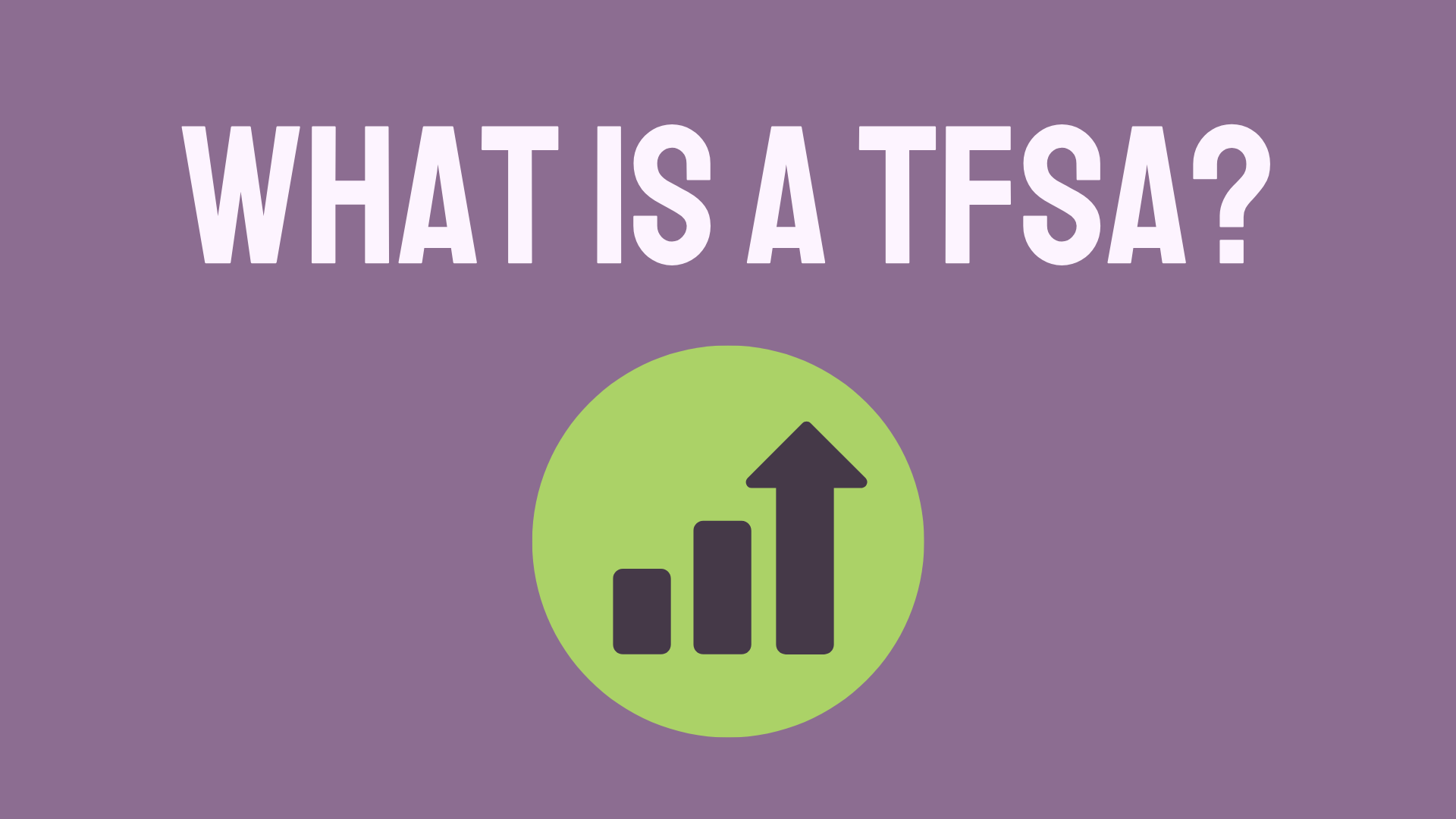How to maximize your savings with a TFSA account
A Tax-Free Savings Account (TFSA) is the perfect first step on your savings journey, offering tax-free growth, flexibility, and accessibility.

Knowing where to start your savings journey can be tough. A Tax-Free Savings Account (TFSA) is a great place to start. A TFSA does what it says on the label. Granted, there is some small print. But don’t sweat it! There’s no nasty catch and most of the caveats are harmless or won’t apply to you. Before we get into that, let’s break down what a TFSA is and what it can do for you.
As the name suggests, a TFSA lets you put money aside without having to pay any tax on the interest or gains you earn from that money. With a regular savings account or investments, you might have to pay taxes on any income. Sounds great, right? A TFSA is easy to set up, too. Now, here’s what you need to know about TFSAs, starting with contribution room.
What is TFSA contribution room?
Anyone over the age of 18 with a valid SIN number can open a TFSA. The key to understanding TFSAs is understanding your contribution limits. You can only contribute so much money to your TFSA each year. The government sets the limit and it can change annually, but the good news is, if you don’t put in the maximum amount, it rolls over to the next year! To find out your TFSA contribution limit, you can log into or create a CRA account.
Avoiding TFSA overcontribution penalties
Contributing more might sound like a good idea, but overcontributing will actually cost you money for every month you are over. The penalty is 1% of your excess per month for every month you are over your limit. Let’s look at an example using the annual contribution limit of $7,000 for 2024. If your contribution limit is $7,000 but you contribute $9,000, you will have to pay 1% of your $2,000 excess every month, which is $20.00.
If you end up over your contribution limit, just remove the excess and you’re good to go. Knowing your contribution limit and staying below it is the best way to avoid the overcontribution penalty.
When can I withdraw from a TFSA?
A huge perk to opening a TFSA is that you can make withdrawals whenever you want. With other savings accounts, like retirement accounts, there can be a penalty or taxes if you take money out early. The icing on the cake is that TFSA withdrawals aren’t classified as income and won’t impact other programs you participate in like government benefits. But with great power comes great responsibility.
The ability to make easy withdrawals makes it very tempting to dip into your hard-earned money. Unless it’s for an emergency, you should avoid taking money from your TFSA, but we get it. Shit happens. That’s why it’s important to have an emergency fund. To learn more about emergency funds, check out this article!
Pros and cons of a TFSA
PROS
- Tax-free growth: the most obvious benefit of a TFSA is not having to worry about your investments getting taxed. You put money in, you get money out. Tax free.
- Painless withdrawals: some savings accounts hold your money hostage and will charge you for making withdrawals. A TFSA is not one of them. With a TFSA, you can withdraw money from your savings without incurring a penalty or tax. Better yet, TFSA withdrawals aren’t classified as income.
- More than just savings: one of the biggest perks to TFSAs is that they can hold more than just cash! TFSAs can hold investments like stocks, long-term investments, retirement assets, and more.
CONS
- Self-control: your bank account might feel a lot lighter after transferring $7,000 to your TFSA, making it all the more tempting to make withdrawals. Just remember, that money is still yours and it isn’t going anywhere!
- No income tax advantage: non-taxable income is great, but you can’t have your cake and eat it too. Any contributions you make to your TFSA are not tax deductible, meaning they won’t go toward reducing your taxable income.
TL;DR
TFSAs are a great tool for both beginner and veteran savers. In addition to being easily accessible, TFSAs give you a variety of ways to grow your money, be it investments or easy transfers between accounts. The most common pitfall of TFSAs is contribution limits, which can be easily avoided by keeping up to date with the annual limit set by the government every year. Unlike other savings accounts, you can grow your savings tax-free and make withdrawals without a penalty. If you are eager to begin your savings journey, opening a TFSA is a great place to start!
